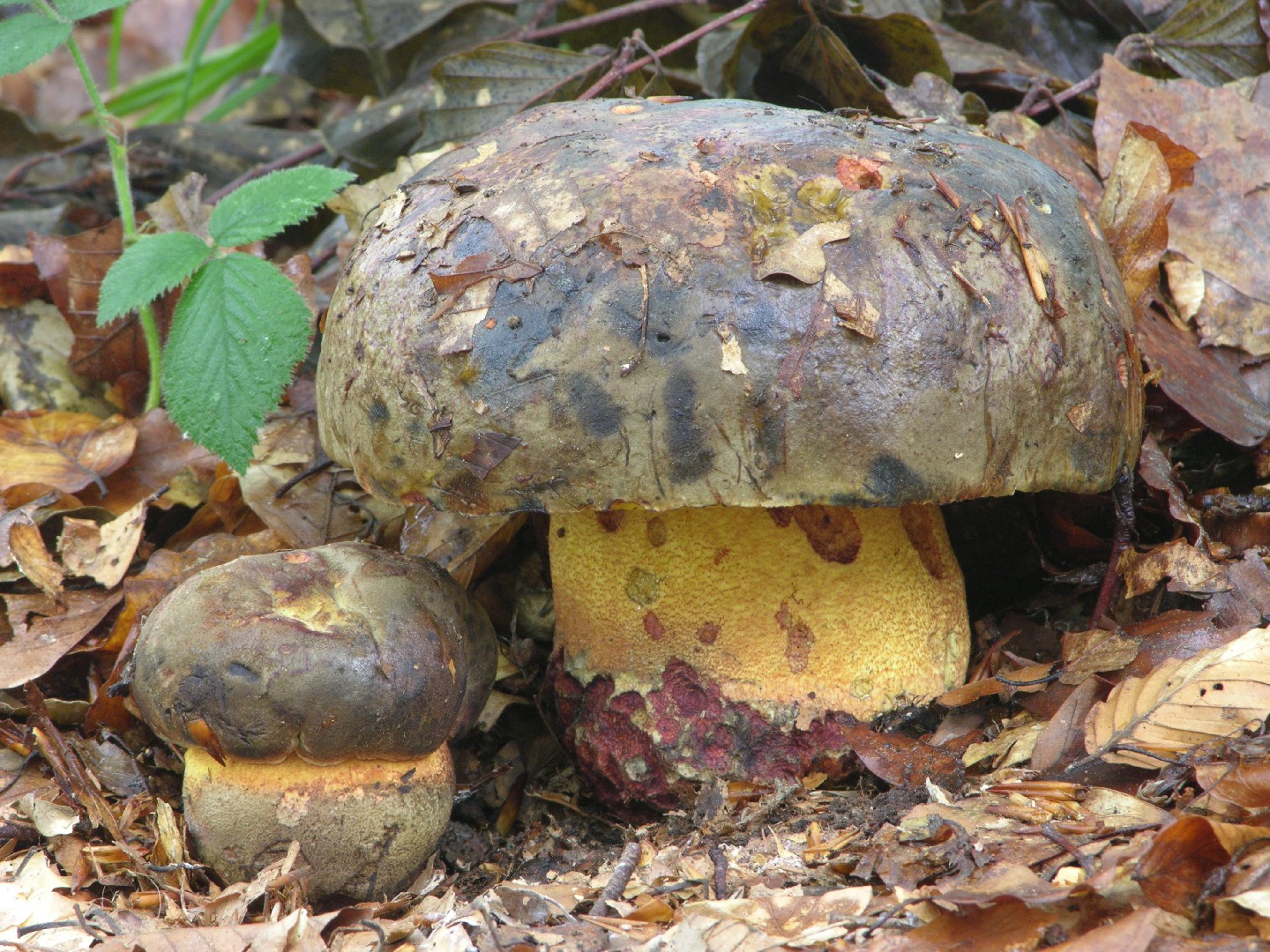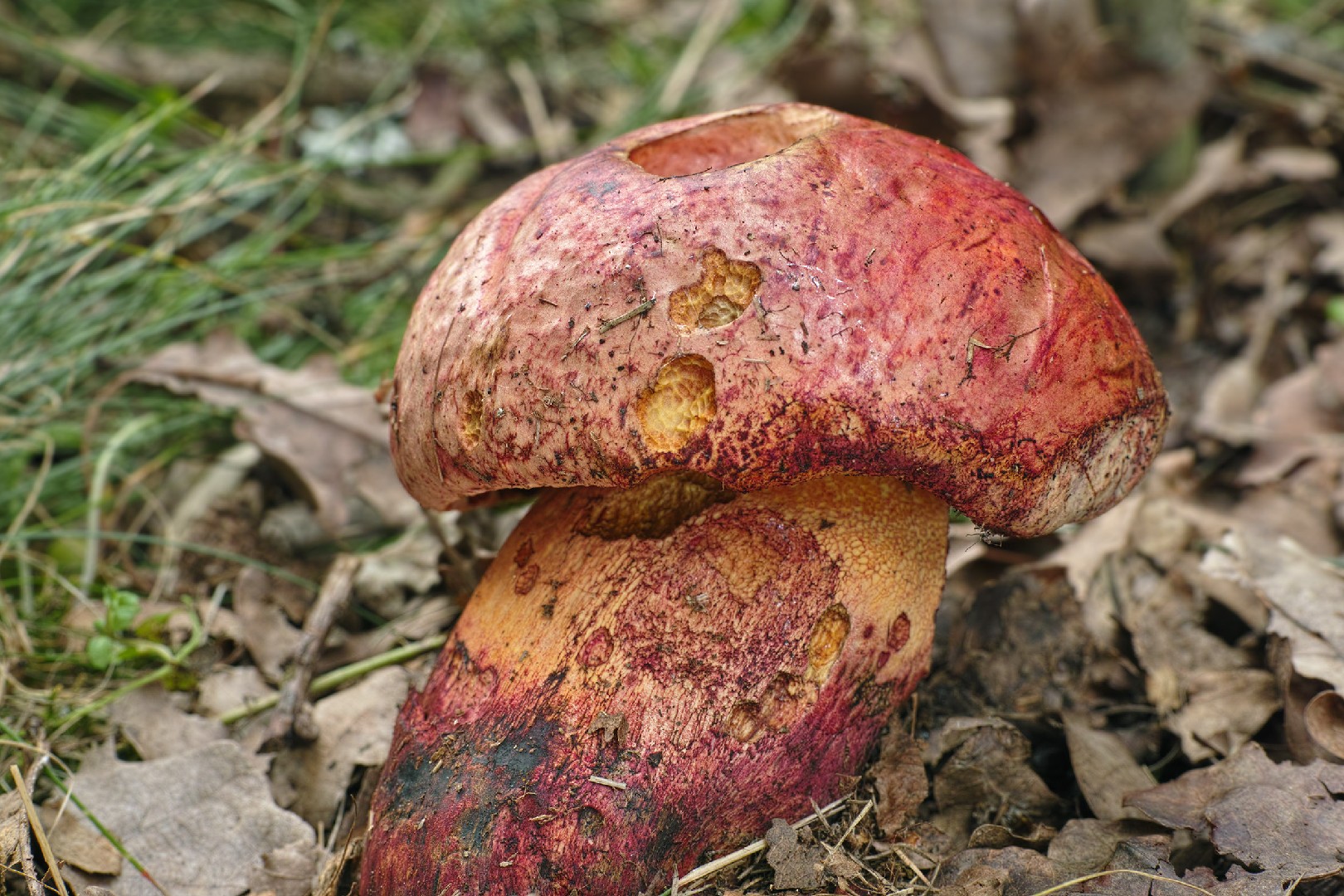Imperator
Scientific name: Imperator
Imperator
Scientific name: Imperator
 Photo By Max Danz , used under CC-BY-SA-3.0 /Cropped and compressed from original
Photo By Max Danz , used under CC-BY-SA-3.0 /Cropped and compressed from original Description
Imperator is known for its distinctive thick stems and often colorful caps, which range from red to yellow. These fungi typically form symbiotic relationships with trees, helping the tree absorb water and nutrients while receiving sugars in return. Some species within imperator can feature striking blue bruising on their flesh when cut or damaged. Found mainly in temperate forests, members of this group play a crucial role in forest ecosystems by breaking down organic matter.
Species of Imperator
Scientific Classification
Phylum
Club fungi Class
Mushroom-forming fungi Order
Boletes and allies Family
Boletes Genus
Imperator 